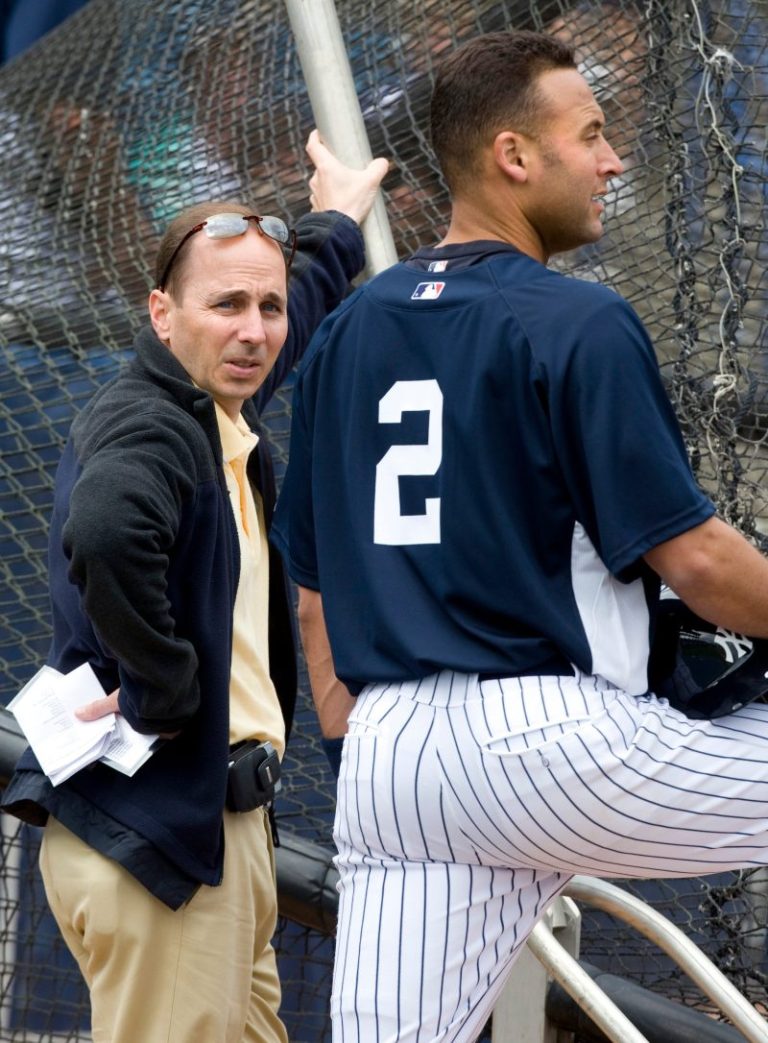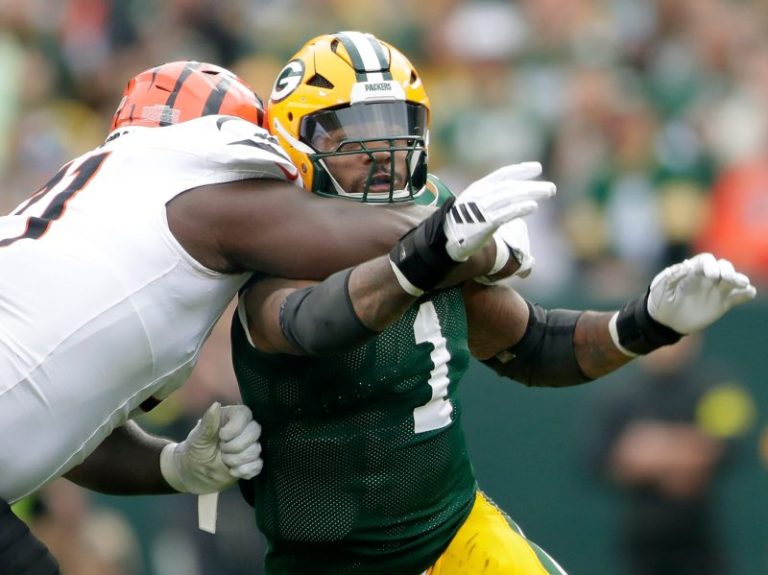LOS ANGELES — The Los Angeles Dodgers were at a breaking point in September.
Dodgers ace Yoshinobu Yamamoto was one pitch away from throwing a no-hitter against the Baltimore Orioles, and they somehow still lost.
They lost two of three games to Arizona, were swept by the Pittsburgh Pirates, and lost two of three games to the Orioles in a 10-day span.
The season was unraveling, the San Diego Padres were closing in, and panicking was starting to settle in.
Funny what a difference five weeks makes.
On a gorgeous Thursday evening in Los Angeles, the Dodgers stifled the Milwaukee Brewers yet again, with a 3-1 win in Game 3 of the National League Championship Series and are one victory away from a sweep and return trip to the World Series.
It’s over.
The Dodgers know it.
The Brewers know it.
“We know,’ said Dodgers second baseman Tommy, the 2024 NLCS MVP, “what it takes to win a big game.’
And on the eve of their third champagne celebration in two weeks, the Dodgers were able to reminisce about that fateful Sept. 6 night in Baltimore and the turnaround that made them baseball’s best team once again.
“That was crazy,’ Edman said. “I actually was on a rehab assignment, but it was very painful to watch. I was in the dugout, I was watching the game and got to the phone. He was one out from a no-hitter. And I was like, ‘Oh, let’s get the no-hitter.’
“He gave up a hit, and I was like, ‘Oh, well, let’s close it out.’
Five batters later, it was over, and the Dodgers somehow found a way to lose, 4-3.
“I definitely felt like that was the low point of the season,’ Edman said. “I know a lot of teams that could have caved in that one, in that moment.
“But we didn’t.’
Dodgers manager Dave Roberts had a team meeting the next day, reminded his players that they still are the best team in baseball, and told them there’s no reason why they can’t become the first team in 25 years to win back-to-back World Series championships.
“I think it was a perfect time because that was devastating,’ Dodgers infielder Miguel Rojas said. “It was heartbreaking losing that game when Yamamoto was one pitch away from a no-hitter and then losing that game against a team that’s not even in contention. You start thinking, ‘What’s wrong with us?’ …
“But I knew those moments were going to make us better. When you face a lot of adversity like that, you never give up, and you don’t get down on your team. I feel like you’re just going to get better. I feel like all those opportunities to be losing games and losing leads and not being able to close games, helps us for this moment.
“I feel like we were always going to make a commitment to push through and get 13 more [postseason] wins. We’re really close. We have an opportunity to do something really special here.’
They have since morphed into an absolute beast.
They finished the regular season on a 15-5 run and have gone 8-1 in the postseason.
They’re pitching like it’s the 60’s with Sandy Koufax and Don Drysdale back in the starting rotation, yielding a 1.54 ERA and a .135 opponents’ batting average.
It’s the second-lowest ERA by a National League team with at least 50 innings since the 1918 Chicago Cubs, and the lowest overall since the 1981 Baltimore Orioles.
Tyler Glasnow was the first Dodger starter Thursday to pitch less than six innings in eight days and still gave up only three hits and one run, while striking out eight. The Dodgers’ bullpen, which was supposed to be their weakness, came in and pitched 3 ⅓ shutout innings, giving up just one hit. They have a 1.93 ERA this postseason.
“We’ve been telling them all year that we believe in them,” Dodgers third baseman Max Muncy said. “Hopefully they’re getting a little confidence and they start believing in themselves. But we trust them. Every time we see them come running through the gate, everyone on the infield trusts that they’re coming in to do their job, and that’s never been an issue.
“They’re pitching how we’ve expected.”
Across the field in the Brewers clubhouse, they’re trying to figure out what hit them.
The Brewers, who ranked third in runs scored this year, are hitting .101 this series.
They have scored exactly one run in each of the three games.
They have played 27 innings, and the Dodgers have led in 26 of them.
Their power trio of Christian Yelich, Brice Turang and Andrew Vaughn have combined to hit .061 with 13 strikeouts in 33 at-bats.
The Dodgers’ pitching staff simply are making the Brewers, who love to call themselves the “Average Joes’ like the Sloppy Joes.
“It’s challenging. These guys are the best in the world, right?” Brewers left fielder Jake Bauers said. “But that’s what you get when you get to this point in the season: the best arms that anybody has to offer.”
While everyone else is on fumes, the Dodgers are fresh. Yamamoto, who led the Dodgers with 173 ⅔ innings, is the only starter in their postseason rotation who pitched more than 91 innings this season at 172. Glasnow is next at 90.1 innings. Snell pitched 61.1 innings. Ohtani threw 47.
‘There’s probably something to having guys fresh,’ Dodgers pitching coach Mark Prior said. “But you also have guys you don’t want them too fresh where they’re still trying to get synced up.’
And, just think, they are dominating this postseason with Shohei Ohtani, who hit 56 homers this season and will win his fourth MVP, doing virtually nothing. He led off the game with a triple, but struck out twice and grounded out the rest of game. He is hitting just .103 since the NL wild-card series with one extra-base hit.
“Obviously Shohei’s not performing the way he would like,’ Roberts said, “or we expect. But I just know how big of a part he is to this thing.’’
Well, even if he doesn’t get going at the plate, there wasn’t a soul in that clubhouse who doesn’t expect him to dominate on the mound Friday, closing out the series.
“I’m expecting nothing short of incredibe,’ Muncy said. ‘I’m expecting him to pitch a great game and what he does offensively is just kind of icing on the cake at that point.’
Said Rojas: “Shohei’s one of those superheroes. I have no doubt with the talent that he has that he’s one swing away from doing something really special. He’ll have a lot of opportunities leading off for us, and pitching.’’
And then, well, the party can start.
“We’re up,” Dodgers All-Star shortstop Mookie Betts says, “but you know, like Kobe [Bryant] said, ‘The job’s not done.’ We’ve got to keep going and just keep applying pressure.”
The Dodgers have done ever since that near-no-hitter, carried it through the first half of October, and they’re not about to stop now.
Follow Nightengale on X: @Bnightengale










